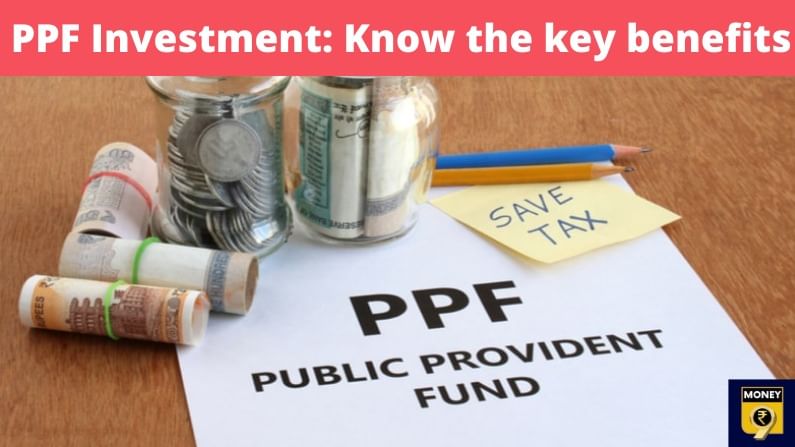Public Provident Fund: Here are seven things you should know
A major benefit of investment in PPF is that it is completely tax-free

The most preferred instrument in the small saving scheme category is Public Provident Fund (PPF). PPF has the highest interest rate among all fixed income instruments. But before investing in the scheme, you must know some key things.
1. Interest rate not fixed
The rate of interest found on PPF is not fixed. It is revised every quarter. However, the current interest rate is the most attractive among small savings schemes. The interest rate of PPF is linked to the 10-year government bond yield. It is decided on the basis of the average bond yield of the last three months. There has been a steady decline in the 10-year bond yield in the last two years. This has had an impact on PPF.
2. You can increase investment even after maturity
PPF account matures in 15 years. When the account is matured, you have the option to withdraw the entire balance and close the account. But, if you want to increase the contribution, then this option is also available. The account can be extended for 5 years. How many times such an extension can be done in a 5-year block. Meaning there is no limit to it.
3. You can withdraw money even after lock-in
The maturity period of 15 years does not mean that your money will remain locked for so many days. A 15-year period begins with the opening of the account. The lock-in gradually decreases. In the 14th year it remains only one year. For instance, if someone opened a PPF account in 2006, then this year the lock-in period will end. But, even before maturity, in many cases, it allows the withdrawal of money. You can withdraw up to 50% of the balance left at the end of the fourth year after the sixth year of the scheme. You can also take a loan on the account at the rate of 1 percent. If the account has not completed six years, then you can take a loan from 3 years to 6 years. Loans up to 25% of the balance till the end of the last financial year. It has to be repaid in 3 years. If the loan is not repaired, the investor cannot take another loan.
4. Don’t forget to invest minimum amount in a year
In any one year you can invest at least 500 rupees in PPF and more than 1.5 lakh rupees. Even after 15 years, a minimum investment of Rs 500 has to be maintained. If you do not make a minimum investment of 500 rupees then your account statement will become inactive. To activate such a payment account again, a penalty of Rs 50 will have to be paid annually. The maximum limit of Rs 1.5 lakh includes the contribution of PPF account opened for minor children. This means that if the child opens a separate PPF account with him, more than Rs 1.5 lakh cannot be invested in both.
5. Interest is calculated before 5th of every month
The compound interest is compounded annually on PPF. However, its calculation happens every month. Interest is available on the lowest balance from the 5th to the last date of the month. If you invest before the 5th, then you will get interest for that month also. If you are investing through cheque, then make sure that your deposit should be 3-4 days before the cut-off date.
6. Tax benefits
There is an exemption of up to Rs 1.5 lakh under Section 80C on investment in PPF. There is no tax on the interest earned. But, it has to be told about the income tax return. Withdrawal is also tax free. This does not affect the tax liability of the person. The amount withdrawn at maturity is also tax free.
7. You can invest up to Rs 1.5 lakh in a year
Additional tax benefits can be taken by opening a PPF account in the name of your spouse or child. According to tax laws, if the money given to the spouse is invested in the gift, then the income from the investment is clubbed with the income of the giver. Since income tax is free from PPF. This does not increase the tax liability of the contributor. However, one can invest up to Rs 1.5 lakh in a year.